THE VIRGIN SPRING. Bergman’s rape and revenge story
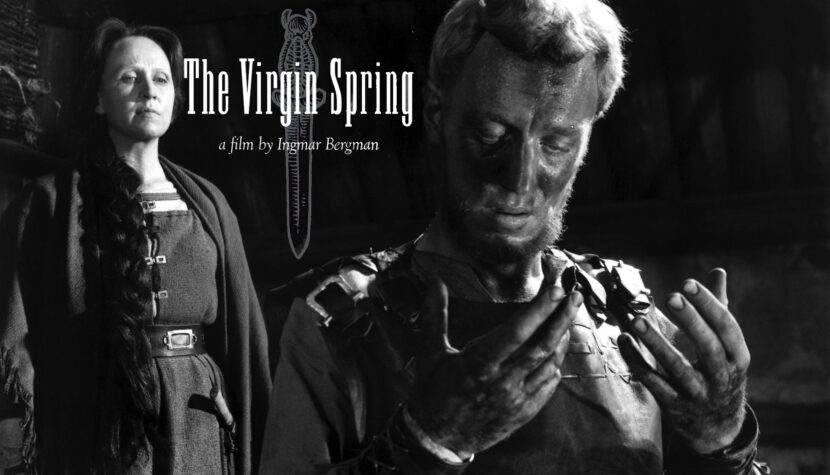
He no longer had to prove anything because with these films (and a few earlier ones), he entered the elite group of authors who had a significant influence on the development of cinematic art. True to form, like a true artist, he proved to be an indefatigable wanderer, constantly seeking inspiration.
The Virgin Spring, contrary to popular opinion, is one of the best films by the Swedish filmmaker. Plot-wise, it is simple and schematic, but beneath that simplicity lie many layers of interpretation. Equally importantly, the film does not overwhelm with religious references, symbolic motifs, or metaphorical meanings.
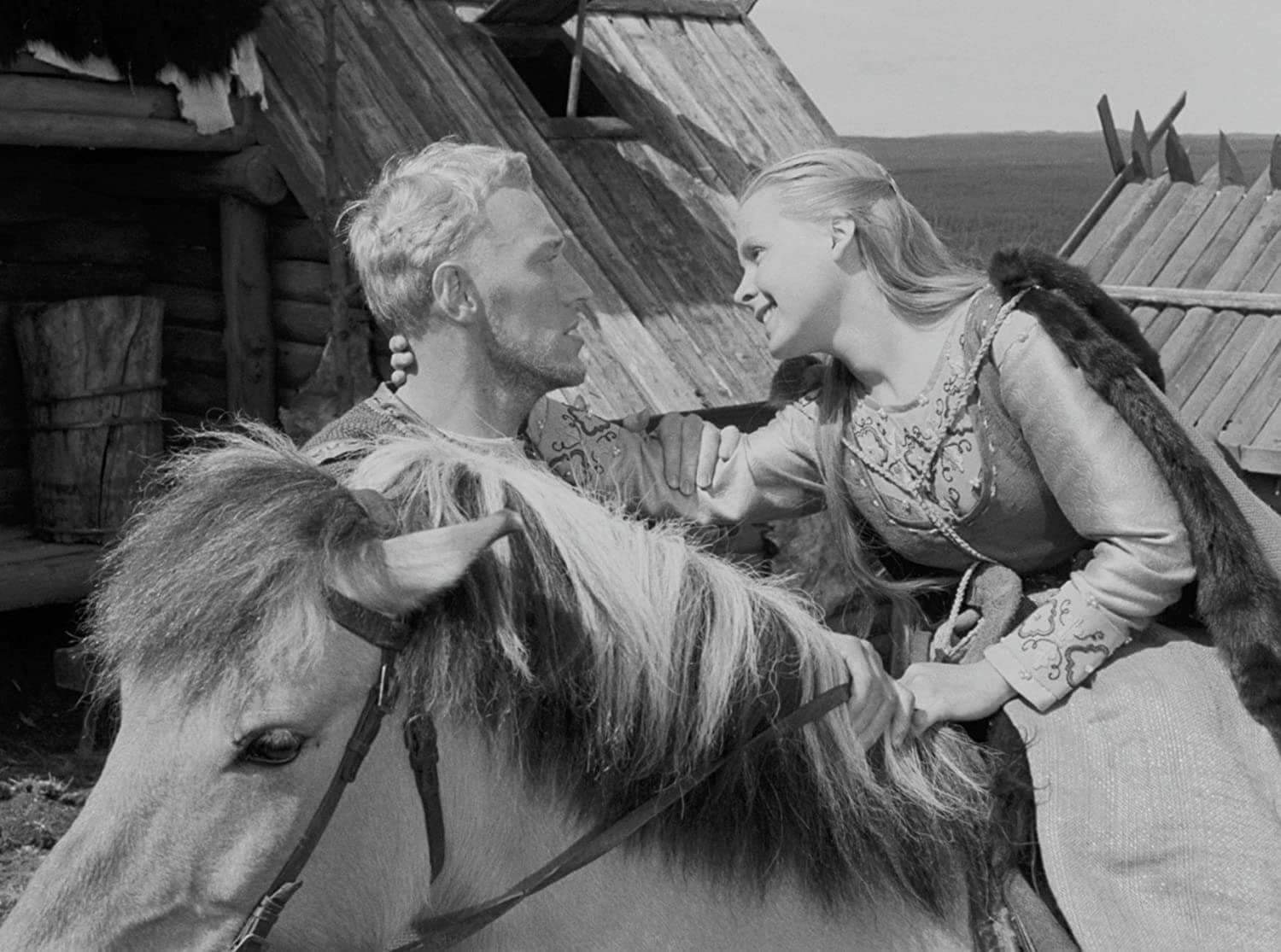
The Virgin Spring may be known for having its plot borrowed by Wes Craven for his debut horror film – The Last House on the Left. Modernizing a medieval ballad, Craven demonstrated how universal this story is. Set in the 14th century, Bergman’s work tells the story of two sisters. Karin is unbearably naive, Ingeri, hateful and malicious. Both embark on a journey that leads through a dark forest to a church. Neither of them reaches their destination, and only one returns home to worried parents. The younger daughter, favored by her mother, is assaulted in the forest by uncouth shepherds. They behave as if they haven’t seen a woman in years. They rape and kill the defenseless, unaware girl. God does not react to the men’s shameful act… or maybe He does, since He leads them straight into a trap – to the victim’s home.
Plutarch‘s words, the ancient Greek writer and philosopher, are fitting for this film: “God uses some people to punish the wicked, and before He destroys them, He makes them to some extent their executioners.” The number of contrasts in this film is impressive. In the opening scenes, we see various human attitudes and beliefs juxtaposed. A dark-haired woman kindles a fire, then invokes the name of Odin, the Norse god of war. In the next scene, a man and a woman pray before a Christian cross. One person uses religion to incite conflict and seek revenge, while the other prays for forgiveness and protection from evil, disease, hunger, and war. But do the gods have anything to do with the events that follow? That remains a mystery.
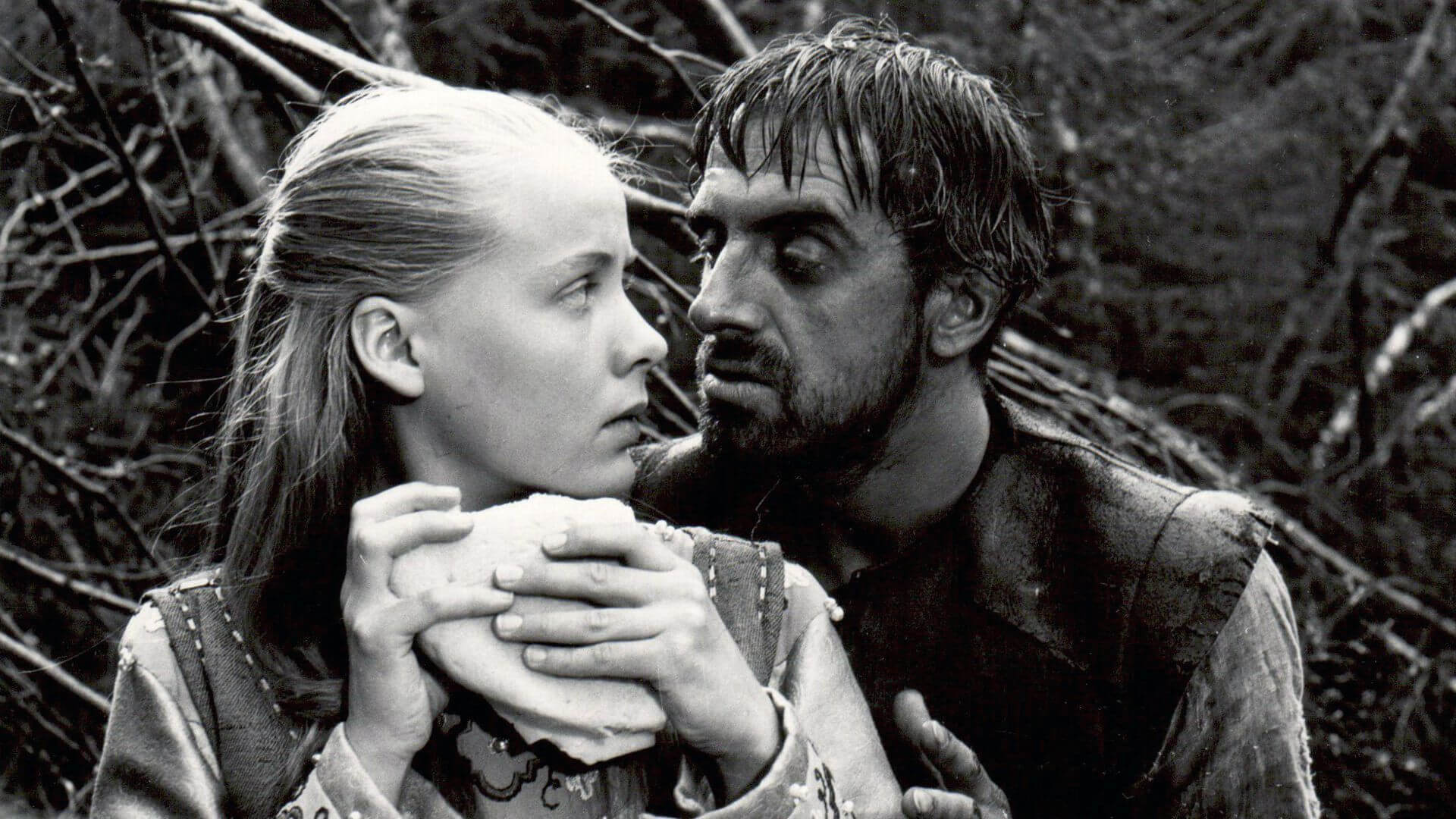
The titular The Virgin Spring is a pure and unsullied source, symbolizing all virtues that lead a person to salvation. Those with blood on their hands may enter paradise, but they must cleanse that blood with noble and virtuous deeds. Guilty are not only those who have committed crimes themselves, but also those who have sinned in thought or word, like Ingeri, sincerely hating her sister, wishing the worst for her. Goodness and innocence are pitted against evil and immoral acts. The fire and smoke trembling like leaves in the wind foreshadow the horror that will invade the life of an ordinary family. The film is black and white, but the symbolism of colors seems significant. Karin wears a yellow dress, and that color is associated with the sun, warmth, and brightness. However, when the girl enters the dark forest, her dress arouses desire and leads to sin.
The screenplay by Ulla Isaksson, a well-known Swedish writer, is very good. It features a strong plot, clear message, and an array of interesting characters. Such things are rarely seen in auteur cinema because this type of cinema usually promotes the director-artist, who aims to charm festival juries with visual ideas and complex themes. The Virgin Spring did not win major awards at renowned festivals, but it received an Oscar for Best Foreign Language Film, beating, among others, H.G. Clouzot’s The Truth. This was Bergman’s first Oscar for a film (he would go on to win two more for Through a Glass Darkly and Fanny and Alexander – each statue fully deserved because the films are close to genius).
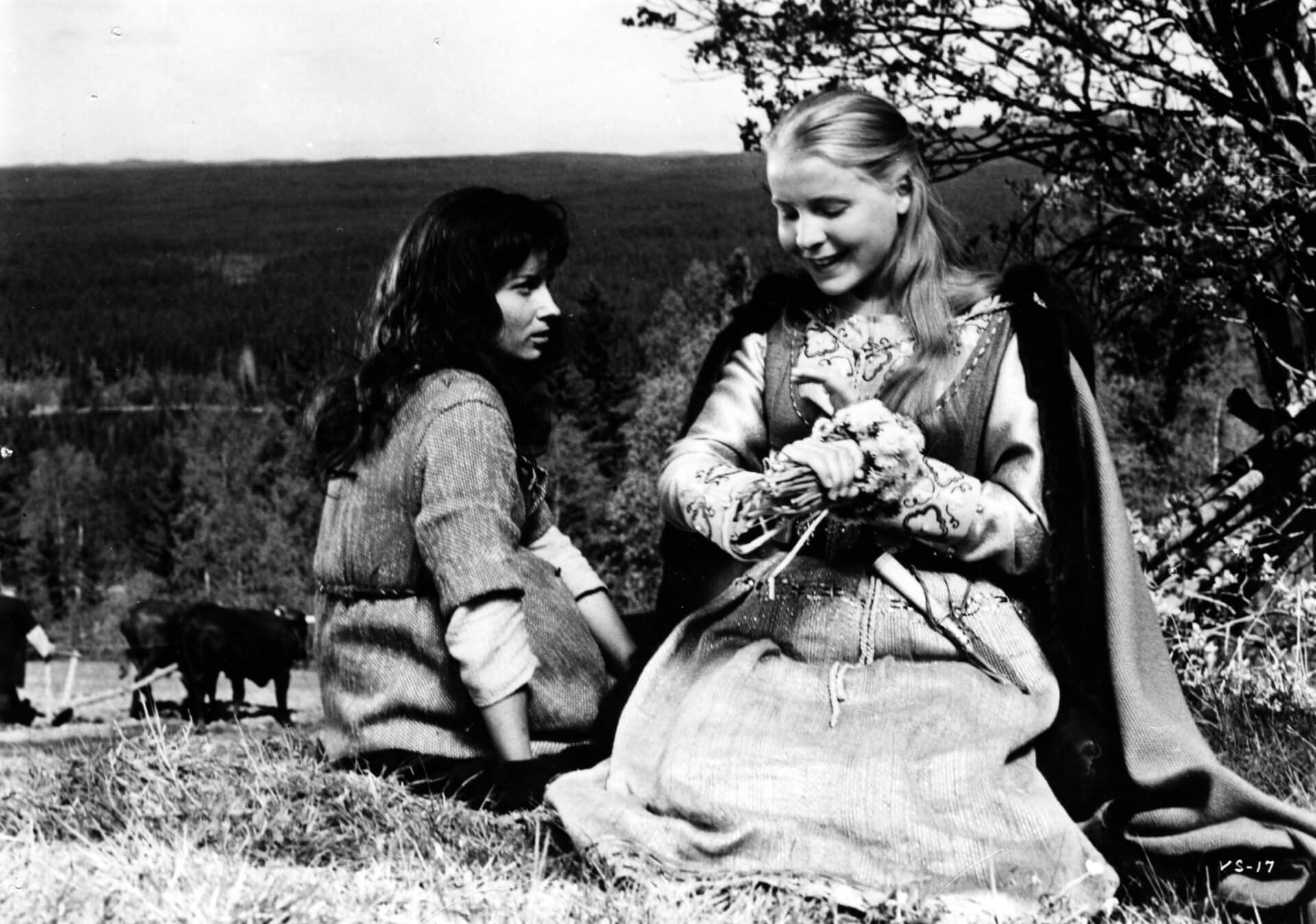
Ingmar Bergman became attached to the people he hired. He made 13 films with composer Erik Nordgren and as many as 21 with cinematographer Sven Nykvist. Nykvist brilliantly separated light from darkness to create suggestive images fitting for the allegorical and symbolic narrative. The Scandinavian director also had a team of his favorite actors, including Max von Sydow. Soon, Sydow began an international career, and his first significant foreign role was… Jesus Christ in The Greatest Story Ever Told (1965). In The Virgin Spring, he delivered a poignant portrayal of a man experiencing a crisis of faith. Before this character stands a very difficult challenge – to cope with trauma, reconcile with loss, and try to start living anew. Actresses Birgitta Valberg, Gunnel Lindblom, and Birgitta Pettersson, portraying three very different female types, fit perfectly into Bergman’s vision.
The creator of The Seventh Seal, like in his magnum opus, also spoke about the Middle Ages here. He managed to capture the nuances of the era remarkably well. It was then that Christianity began to play an important role in society (although it was still a new phenomenon in Scandinavia). People, in order not to go mad, had to believe in something – thanks to this, they functioned better in society. Their faith strengthened them because it gave them hope that they were not alone and that someone “higher” could ease their pain and show them the right path. However, there always comes a time when dilemmas arise, faith in God is shaken, and actions contrary to ethics and religion must be taken. In such a situation were Töre and Märeta, inherently good and honest people. They took in and adopted dark-haired Ingeri, despite the troubles she brought with her. And when hungry and tired travelers appear, the hosts welcome them as guests, providing shelter and a meal. And what do they get in return for their generosity? They receive such a painful blow that only revenge can ease the pain.
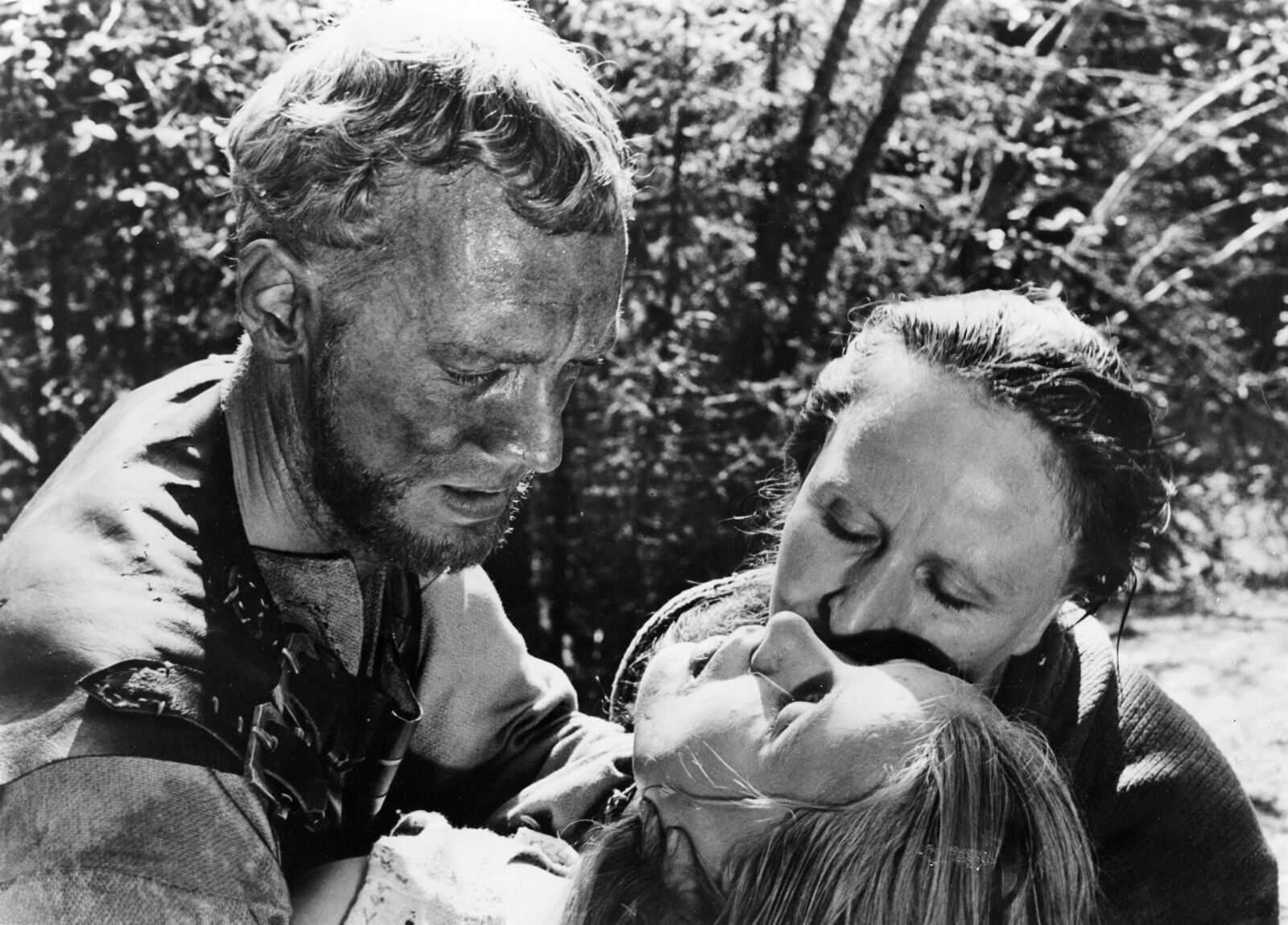
Hatred is the most subtle form of rape, and rape and murder are the cruelest demonstrations of power and superiority over weaker individuals. In 1960, Italians – Vittorio De Sica in Two Women and Luchino Visconti in Rocco and His Brothers – also showed violence against women to shock the audience, strengthen the message of the work, and show the brutal contrast between a tough man and a fragile woman. In 1959, John Sturges made a film that can be considered a prototype of the rape and revenge genre. That film is the western Last Train from Gun Hill, in which an Indian woman is raped and killed, and her husband seeks justice against the perpetrators. Bergman’s The Virgin Spring is a one-of-a-kind film – a psychological morality tale about crime, revenge, and (seemingly) the silence of God. It’s a drama that should appeal to both atheists and believers. A film for those who appreciate interesting and moving stories, as well as those who like to look for hidden meanings. A feast for the eyes and for the intellect.

